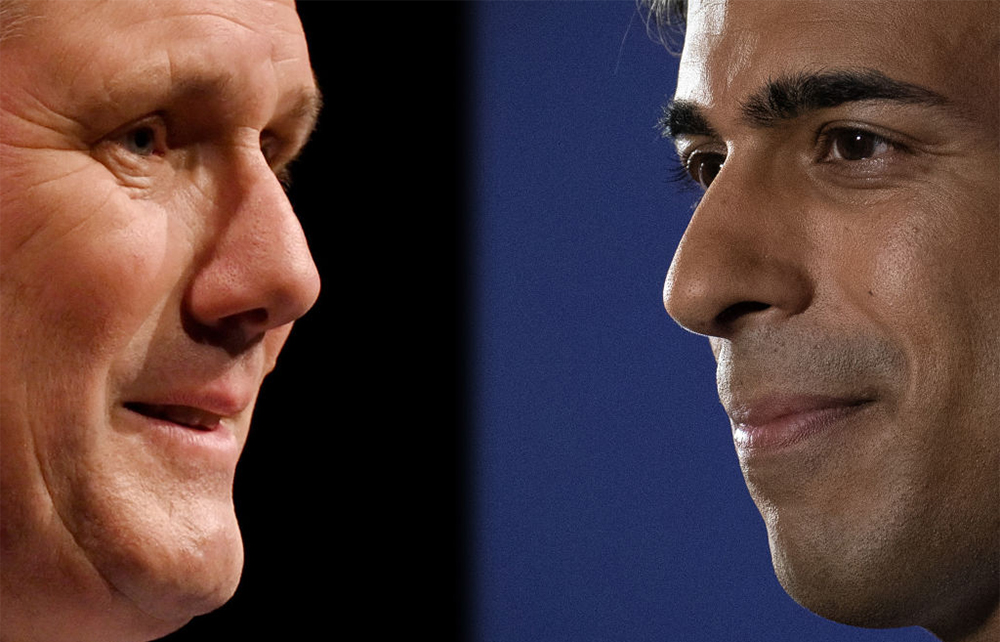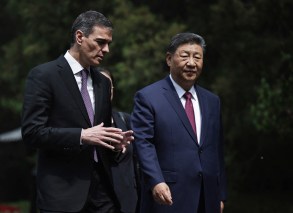Keir Starmer and Rishi Sunak have something in common: both men are under pressure to reshuffle their front benches and pick a final pre-election team. ‘The agitating tends to be done by those who want jobs, rather than those who have them,’ sighs one member of the Labour leader’s team. But with an election due next year – whether it’s in the spring or autumn – Sunak and Starmer know they have one last chance to refresh their front benches before going to the polls.
Sunak’s mission is to refresh a tired, squabbling party to make it look like a new government
A pre-election reshuffle isn’t just about managing teams and egos: it means choosing the personalities, tone and message on which to campaign. In 2014, David Cameron used his reshuffle to neutralise Tory weaknesses, even if that meant punishing effective ministers. As one loyal lieutenant recalls, those who Lynton Crosby thought ‘grated with the public’ were sacked or moved to backroom roles. Michael Gove was demoted to chief whip despite his stellar run as education secretary and supplanted by Nicky Morgan, praised for her mild manners. A desire to promote more women meant Owen Paterson was pushed out in favour of Liz Truss. These were difficult decisions, but Cameron believed they were necessary for victory.
Sunak’s mission is to refresh a tired, squabbling party to make it look like a new government, rather than the fag-end of the Tories’ 14 years in power. Plans for an early reshuffle have been complicated by the triple by-election next month, so the autumn of this year looks most likely. Since the departure of Boris Johnson from the Commons and the self-immolation of his allies such as Nadine Dorries, some ministers have argued that Sunak should stamp his authority on the cabinet and lose the idea that he has to balance warring party factions.








Comments
Join the debate for just £1 a month
Be part of the conversation with other Spectator readers by getting your first three months for £3.
UNLOCK ACCESS Just £1 a monthAlready a subscriber? Log in